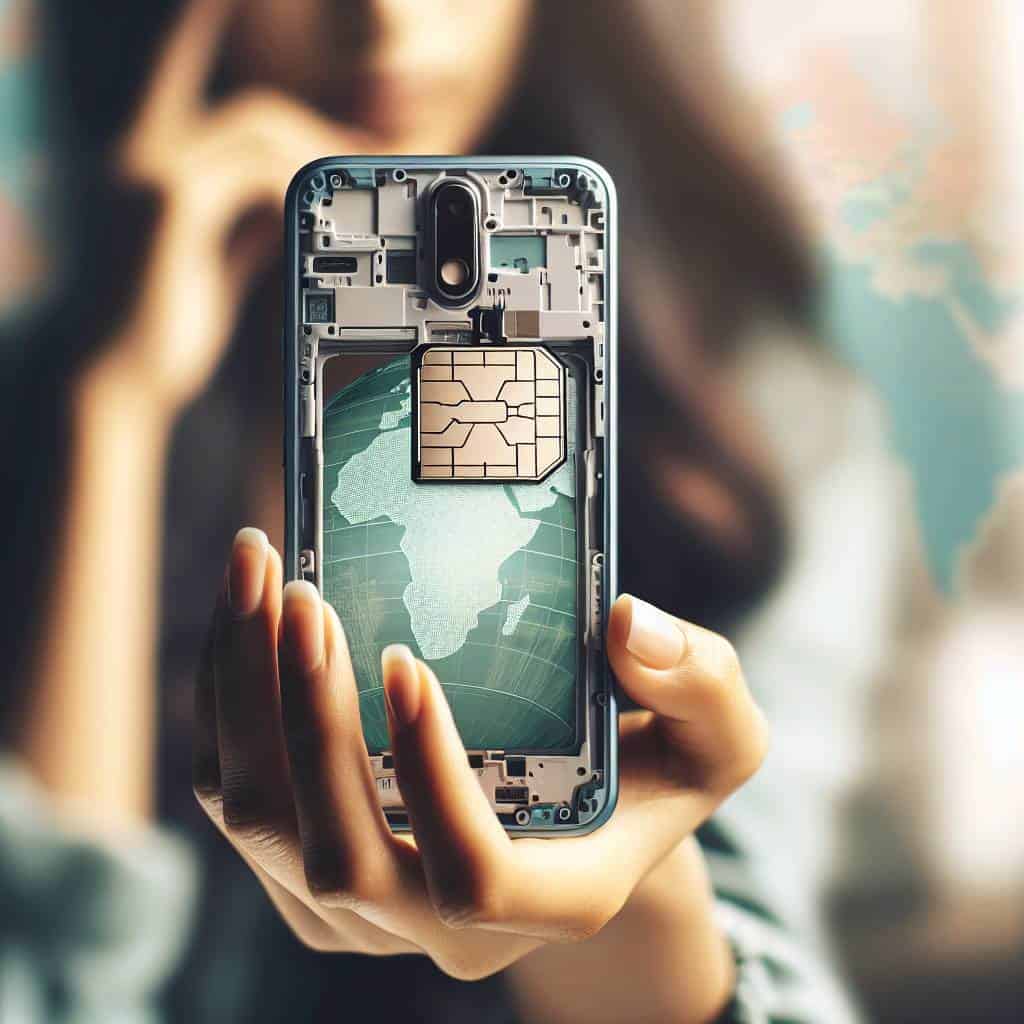I once found myself in a dimly lit Parisian café, desperately clutching my phone while trying to decipher cryptic French SIM instructions. Spoiler alert: my high school French didn’t cut it, and neither did the patchy Wi-Fi. It was a humbling moment, akin to realizing your umbrella is inside-out in a rainstorm. There I was, a grown adult, reduced to miming “internet, please” to a bemused barista. So, trust me when I say, navigating the world of international SIM cards is like a bad comedy—a little funny, mostly awkward, and entirely avoidable.

But here’s the silver lining. In this article, I’m diving into the chaos so you don’t have to. We’ll tackle the nitty-gritty of local SIMs, travel SIMs, and the often elusive ‘best option’ for staying connected abroad. Forget the marketing jargon and the generic tutorials. This is about arming you with real, no-nonsense insights to keep you from becoming the next unwitting café mime. Let’s cut through the confusion together and get to what really matters for those travel adventures.
Table of Contents
Why ‘Local’ Always Wins the Battle of Staying Connected While Traveling
Alright, let’s cut straight to the chase. When it comes to staying connected while you’re globe-trotting, the allure of the ‘local’ option is like the siren song of the sea—irresistible and, quite frankly, the smartest choice. You might be tempted by the convenience of an international SIM card, promised to be the traveler’s panacea for connectivity woes. But here’s the rub: those cards often come with hidden charges, spotty service, and the kind of customer support that makes you consider throwing your phone off a cliff. Ever tried explaining your problem to a chatbot at 3 AM in a foreign country? It’s an exercise in futility.
Local SIMs, on the other hand, are your travel lifeline. They’re like the friendly neighborhood barista who knows your order before you ask. Easy to get, cost-effective, and they offer the kind of reliable service that international SIMs can only dream about. You land, you swap out your SIM card, and boom—you’re a local. You can navigate your way around town, send that urgent email, and upload your latest travel gram without missing a beat. And let’s not forget the joy of not having to rely on dodgy hotel Wi-Fi or a VPN that turns your browsing into a crawl. It’s a no-brainer. When you’re in a new place, be a part of it. Go local, and stay connected without the hassle.
The SIM Card Conundrum
In the battle of local vs. travel SIM cards, the real fight is for your sanity. Staying connected shouldn’t mean losing your mind.
The Road Less Roamed: My SIM Card Odyssey
So here we are, at the end of this little expedition into the world of SIM cards, where the local reigns supreme. I’ve trudged through the murky terrain of overpriced international plans, all in the name of staying connected. But here’s what I’ve learned: the best options are often hiding in plain sight. Local SIMs aren’t just about saving a buck or two. They’re about respecting the rhythm of where you are and tuning into the local frequency. It’s like choosing to listen to a street musician instead of a Spotify playlist—you get something raw, something real.
As I wrap up this journey, I’m reminded of the quirky little shops and friendly faces that’ve helped me along the way. Grabbing a local SIM turns out to be less about the card itself and more about engaging with the people who sell them. It’s about sharing a nod with the vendor who knows the local signal quirks better than any international conglomerate. So next time you’re eyeing that shiny international SIM, maybe pause. Consider taking the road less roamed and see what connections you can make, both digitally and personally. Trust me, the view’s worth it.


